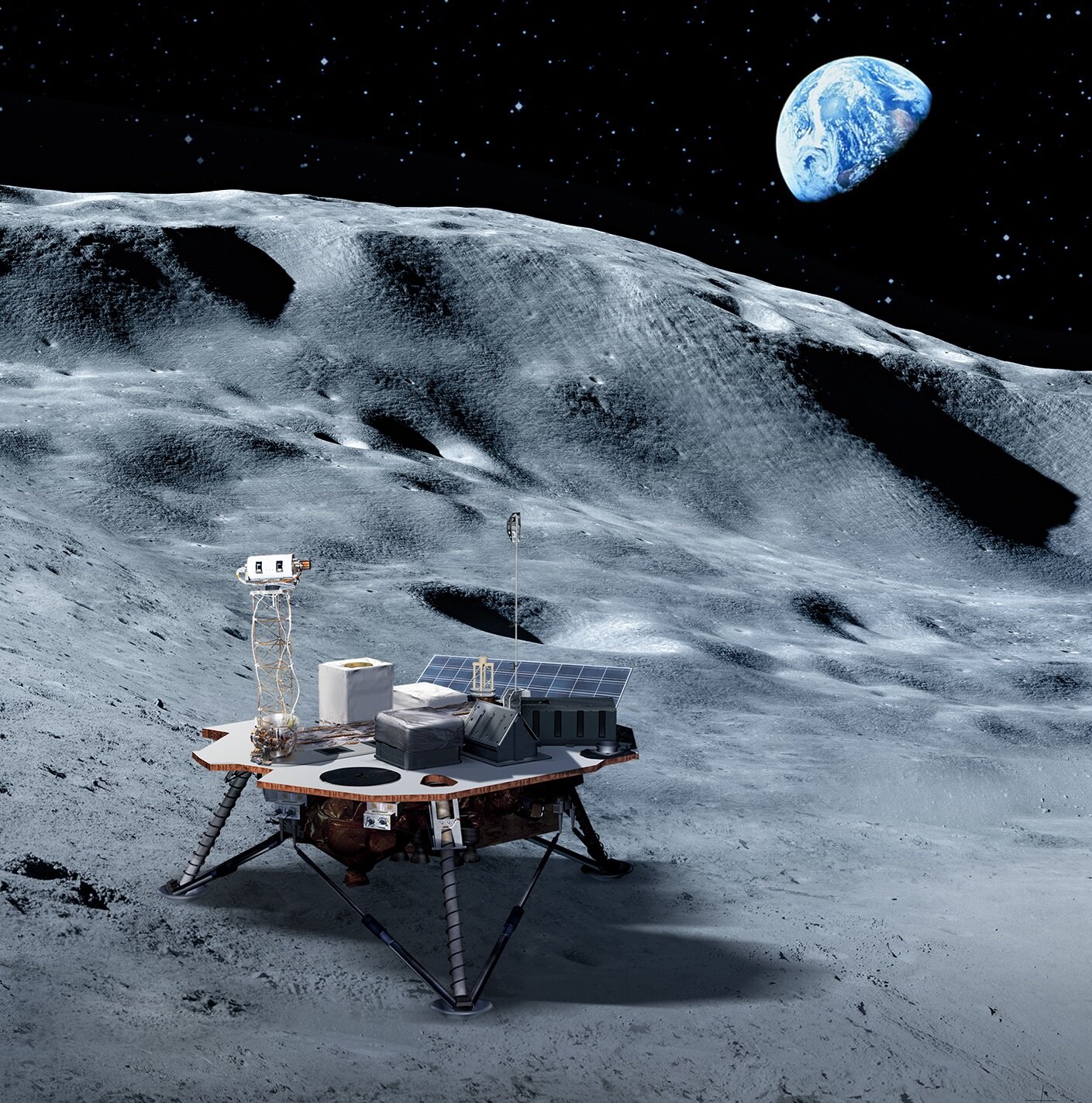NASA seeks Moon ‘dirt’ for purchase
/Do you have Moon rocks to sell, or have a way to collect samples of the lunar surface? If so, you just might have a customer willing to pay for said samples!
On Sept. 10, 2020, NASA Administrator Jim Bridenstine announced a request for quotations for commercial companies to provide proposals to collect lunar samples from the Moon for the U.S. space agency to purchase.
According to NASA, it’s looking to contract one or more companies to collect between 50 and 500 grams of lunar material. This can include rocks, regolith, dust, ice. Really, anything from the Moon’s surface.
Upon proving to NASA it has the resources, a company would need to provide photographic evidence for the collection, the date it was gathered, as well as information about where it was collected from.
According to the solicitation, contractors would have to figure out how to get their sample collectors to the Moon on their own, but it can be from anywhere on the lunar surface and no assessment is required for any materials other than the average mass of the collection.
NASA said it is expecting to award one or more companies upward of $15,000 to $25,000 for samples -- hopefully before 2024.
According to NASA, contractors selected are not limited to U.S. organizations and if selected, would get paid 10% at award and another 10% upon launch. The remaining 80% would be awarded upon successful transfer of ownership.
NASA said contractors would have to disclose how the work will be performed. Awards are expected to be on the basis of the lowest price technically acceptable.
It’s important to emphasize, however, that this is not a sample return request. NASA is only interested in an “in-place” transfer of ownership with the eventual hope of retrieving the samples at a later date.
Actually getting these samples doesn’t appear to be the real goal behind this solicitation. Instead, NASA said collecting and transferring resources would be a proof of concept for conducting space commerce on the Moon.
“We know a supportive policy regarding the recovery and use of space resources is important to the creation of a stable and predictable investment environment for commercial space innovators and entrepreneurs.”
Further, the agency adds that all activity must be consistent with applicable law such as the 1967 Outer Space Treaty.
Another interesting item of note here is the award amount. There is no way a company would be able to get to the Moon for the amount NASA is suggesting. So, that means companies and entrepreneurs would have to get creative.
One potential way could be through a rideshare program via one of the companies already working to deliver science instruments to the Moon’s surface for NASA under the Commercial Lunar Payload Services program, or CLPS. The first CLPS landing could come as early as 2021.
A contractor could work out a deal with a CLPS provider. Alternatively, nothing in the solicitation from NASA precludes a CLPS company from adding a sample caching element to their landers.
So how does this relate to NASA’s Artemis program?
The main purpose of the Artemis program is to establish a sustainable human presence on and around the Moon for next-generation lunar science and technology development.
One of the ways that could be achievable is with the implementation of in-situ resources utilization, such as the creation of rocket fuel, air or water from the resources of the Moon, or eventually Mars.
Since it’ll be commercial companies providing reusable landers, they’ll likely be one of the first customers in a lunar resource economy—buying and selling life-sustaining products harvested and created from Luna itself.
“The ability to conduct in-situ resources utilization will be incredibly important on Mars, which is why we must proceed with alacrity to develop techniques and gain experience with ISRU on the surface of the Moon,” Bridenstine said in his Sept. 10 announcement.
NASA’s aspiration to purchase lunar samples could create the first framework for commerce on the Moon, expanding economic activity into deep space.





